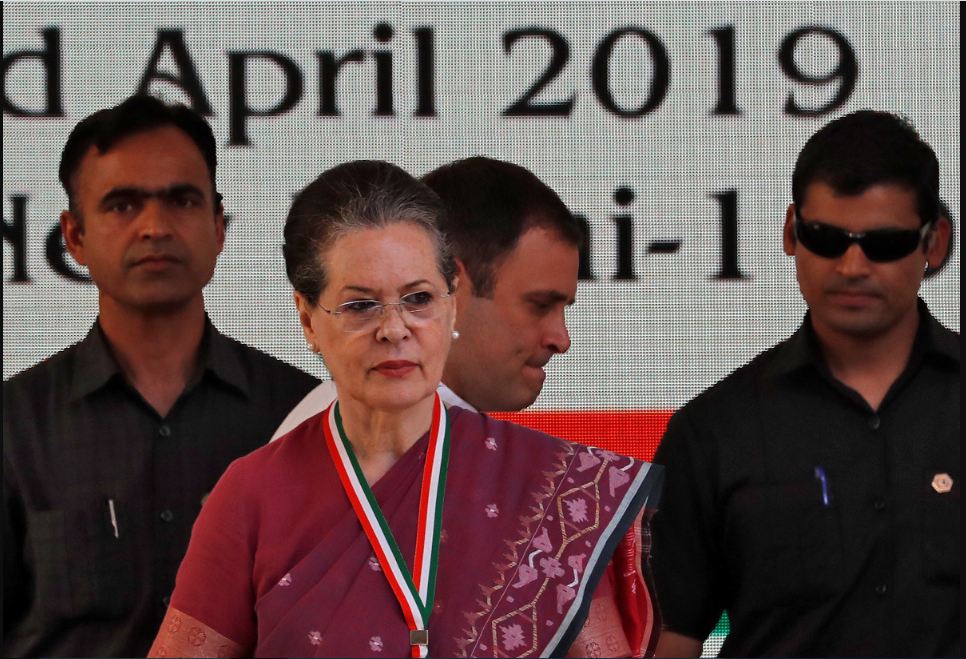State-owned Central Bank of India to close 13% of its branches: sources, document
New Delhi (Reuters) – Central Bank of India (CBI.NS), a state-owned commercial bank, plans to shut 13% of its branches to improve its financial health and bring an end to nearly five years of close scrutiny by the Reserve Bank of India, according to sources and a document seen by Reuters.
The bank is looking to reduce the number of branches by 600 by either shutting down or merging loss-making branches by the end of March 2023, according to the copy of a document reviewed by Reuters.
It is the most drastic step the lender has taken to improve its finances and will be followed by the sale of non-core assets such as real estate, said a government source who did not want to be named.
The closure of branches by the eighth largest state-owned lender by assets has not been reported previously. The more than 100-year old lender currently has a network of 4,594 branches.
Central Bank along with a clutch of other lenders was placed under RBI’s prompt corrective action (PCA) in 2017 after the regulator found some state-run lenders were in breach of its rules on regulatory capital, bad loans and leverage ratios.
Since then all the lenders except Central Bank have improved their financial health and come off RBI’s PCA list.
“The bank is struggling to come out of PCA of RBI due to poor performance on profit since 2017 and to utilise manpower in more efficient and effective manner,” the document dated May 4 sent out by the headquarters to other branches and departments stated, detailing the rationale behind the move.
Central Bank of India and RBI did not immediately reply to emails seeking comment.
A bank under PCA faces greater scrutiny by the regulator and may face lending and deposit restrictions, branch expansion and hiring freezes and other limitations on borrowings.
The RBI introduced these norms at a time when Indian lenders were battling record levels of soured assets, prompting the RBI to tighten thresholds.
“Central bank of India’s move is in line with the set strategy of lowering loss-making assets in its books,” the government official said.
In the December quarter, the lender reported a profit of 2.82 billion Indian rupees ($37.1 million) versus 1.66 billion rupees in the previous year in the same quarter.
It gross non-performing assets (GNPA) ratio remains high compared with its peers however, standing at 15.16% as of the end of December.
The bank was placed under the PCA framework in June 2017 and in that quarter the lender had registered a loss of 7.50 billion rupees while its GNPA ratio was at 17.27%.
($1 = 76.1200 Indian rupees)


